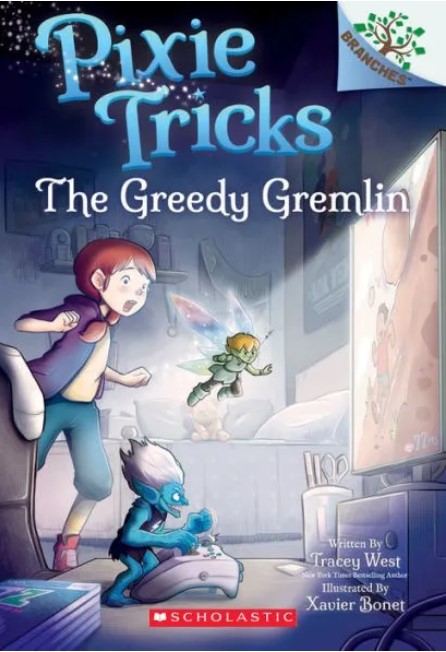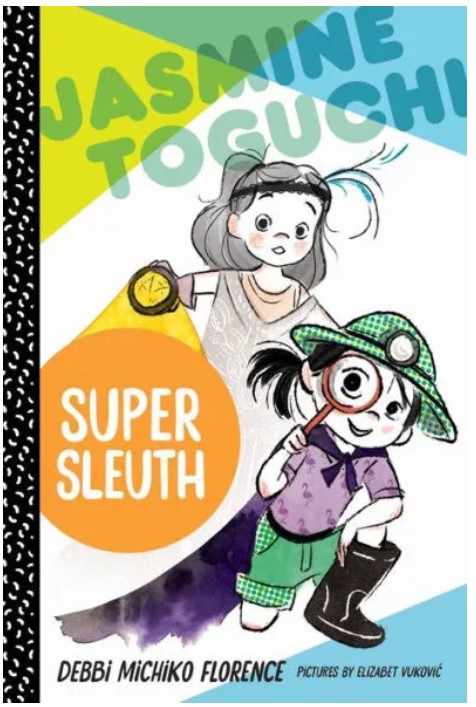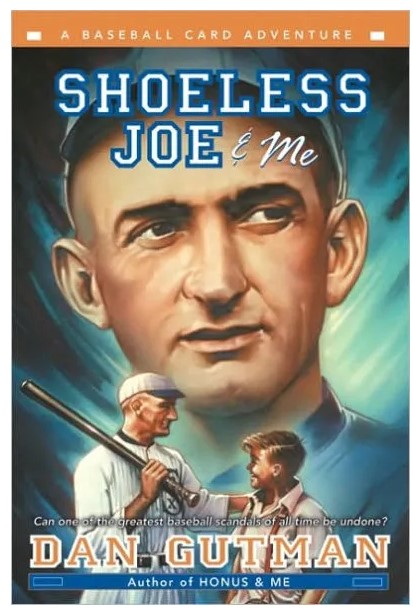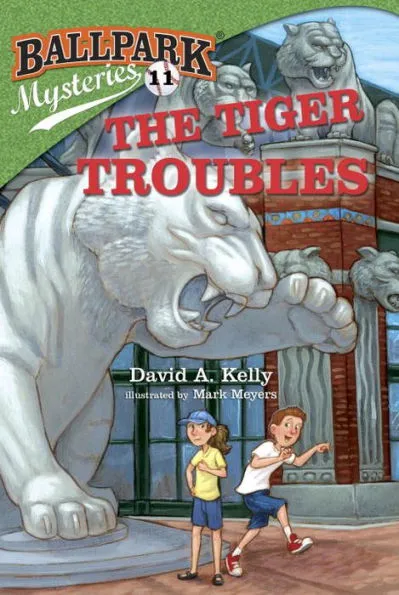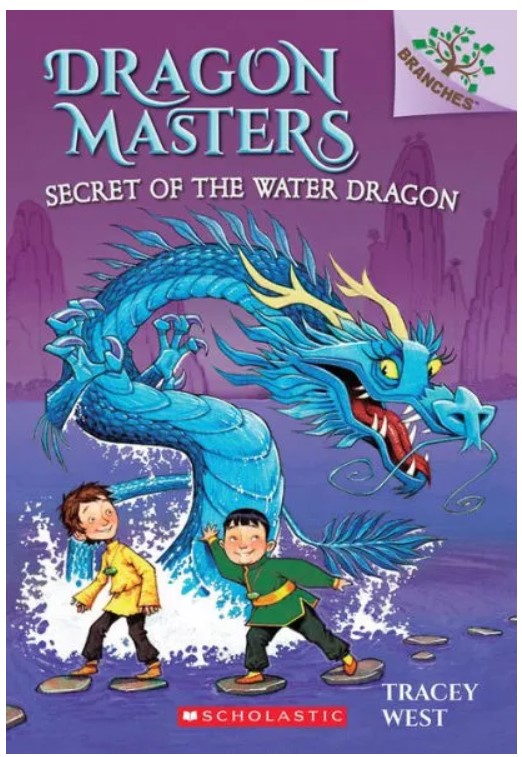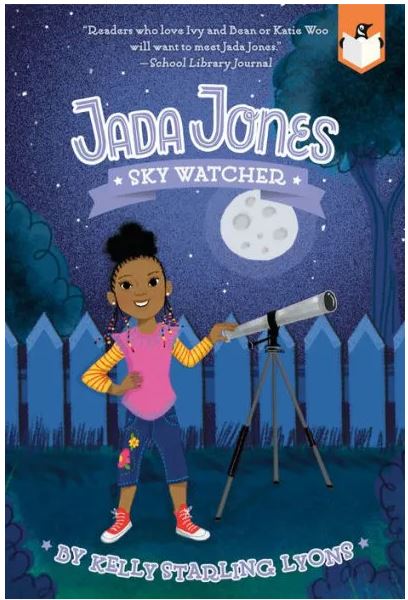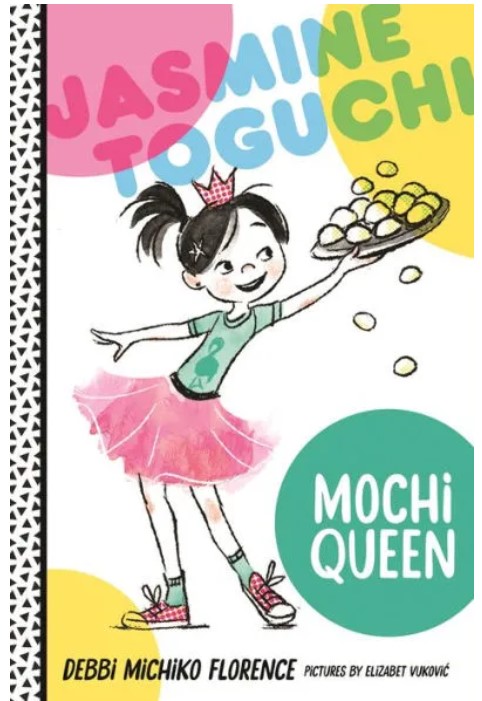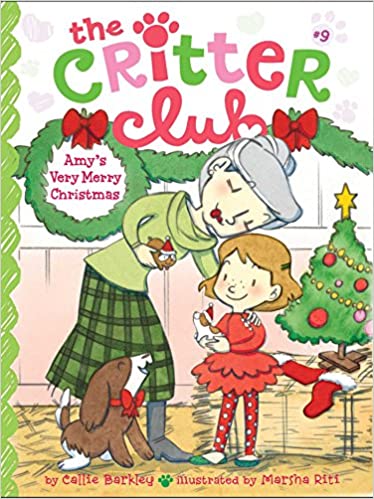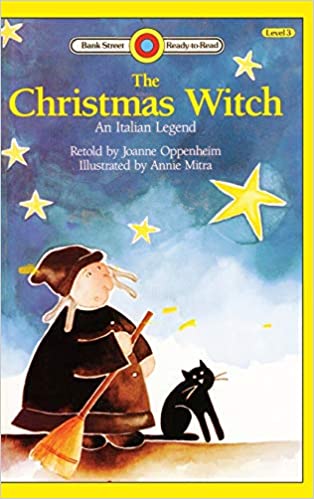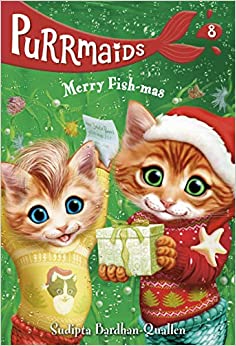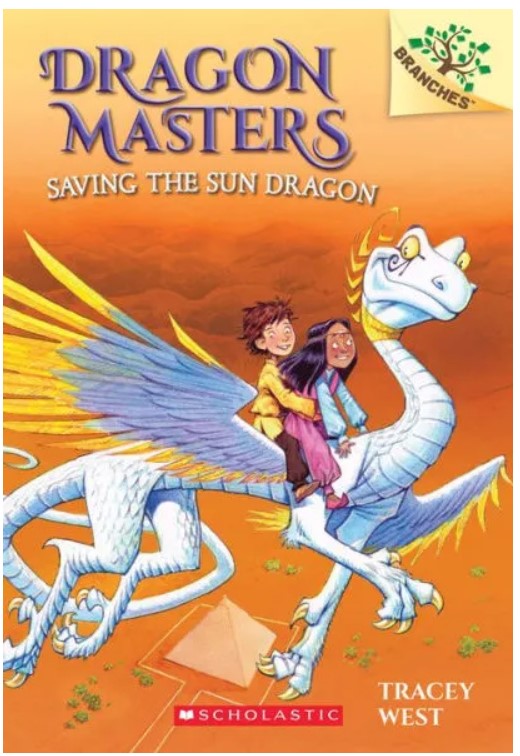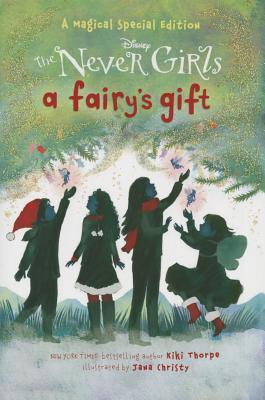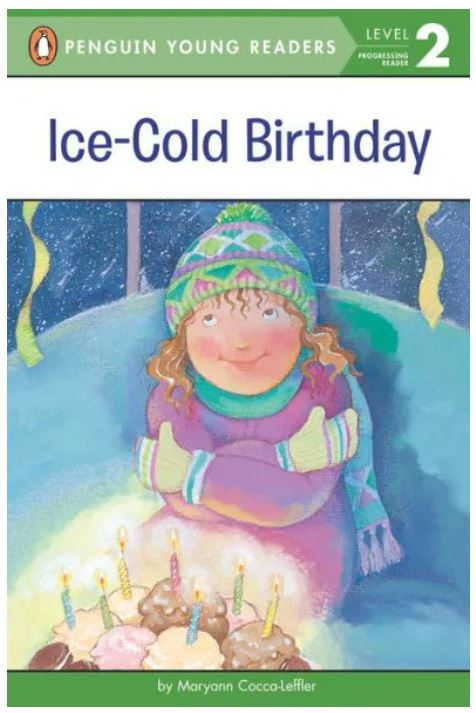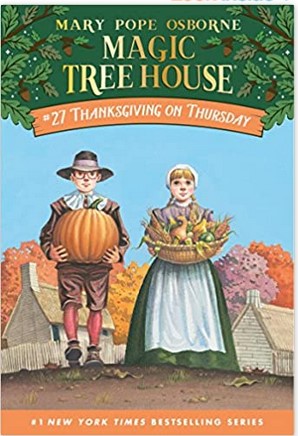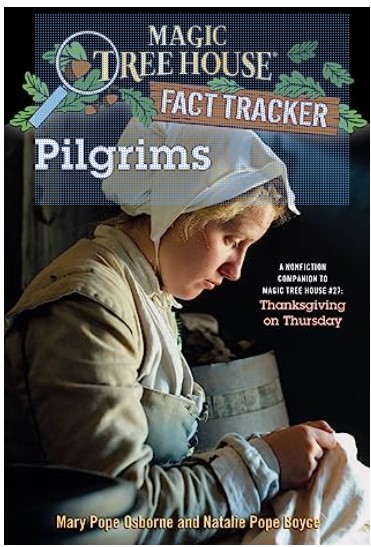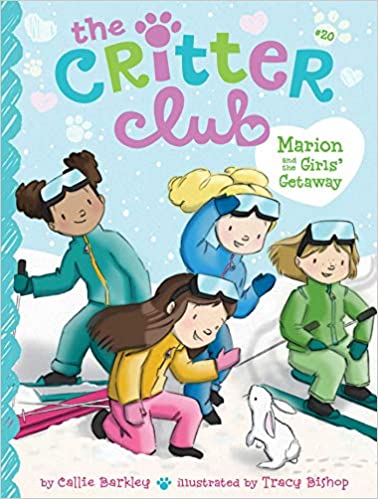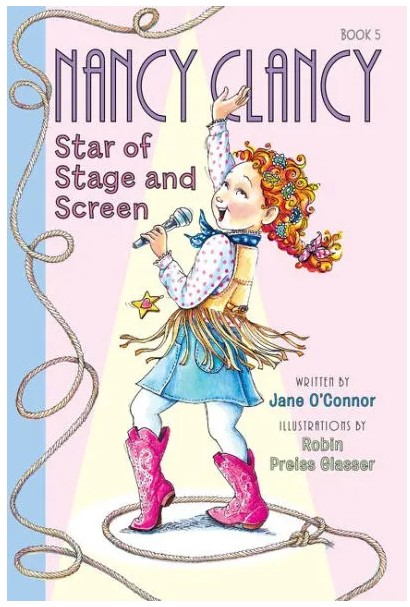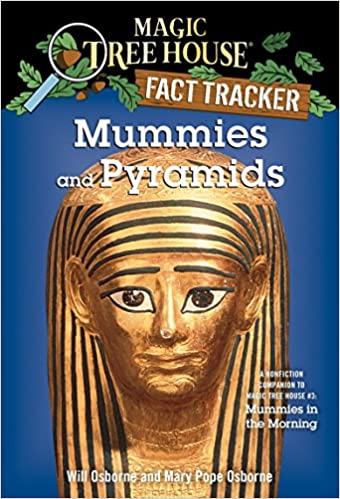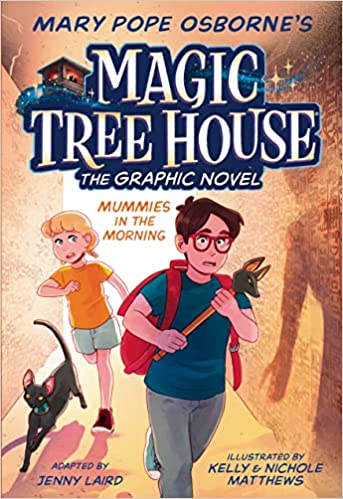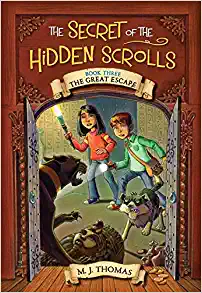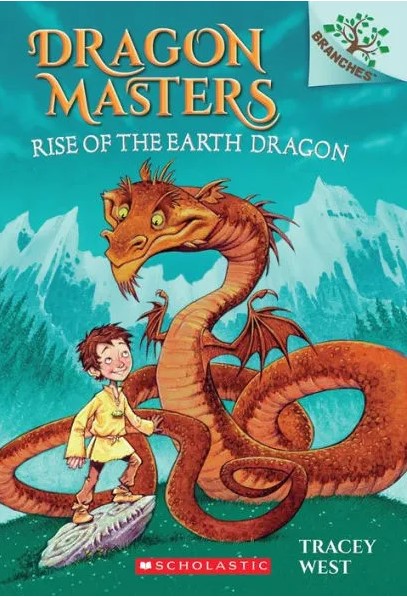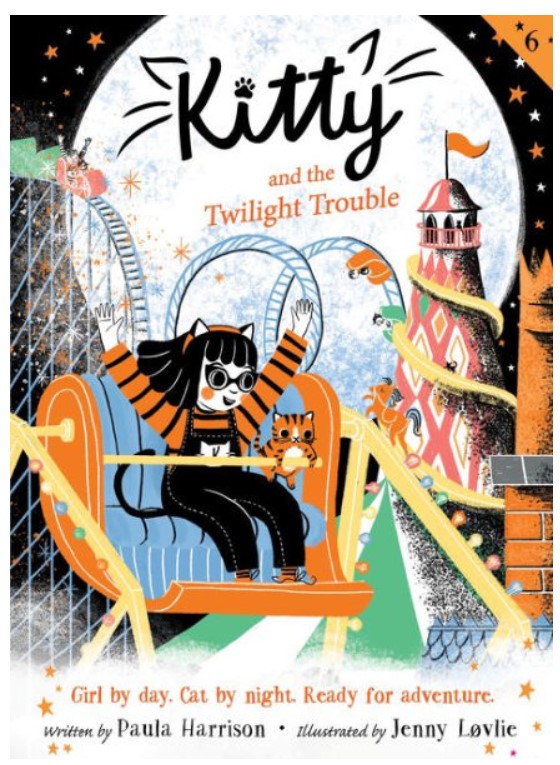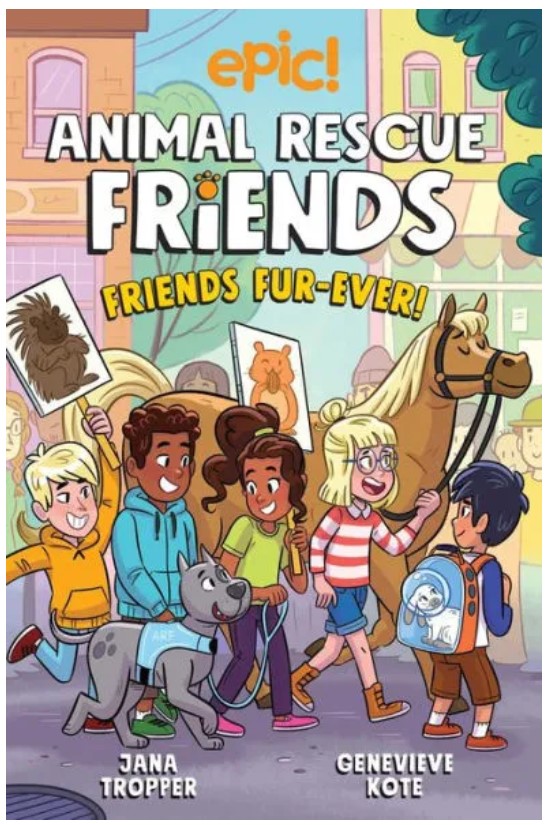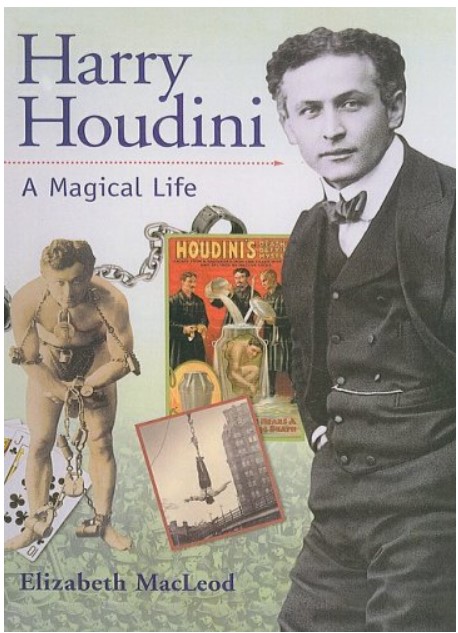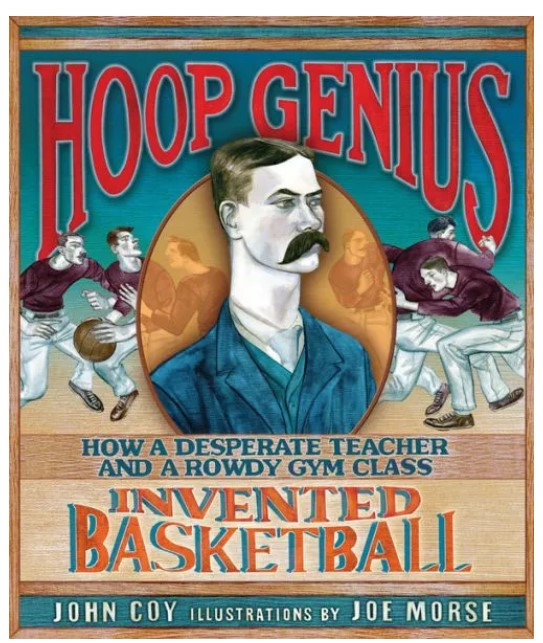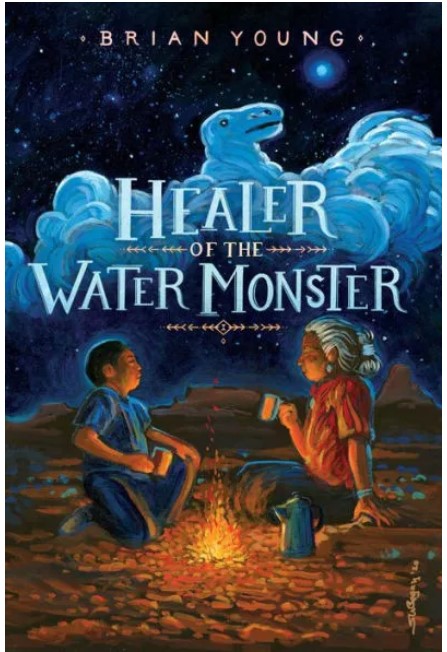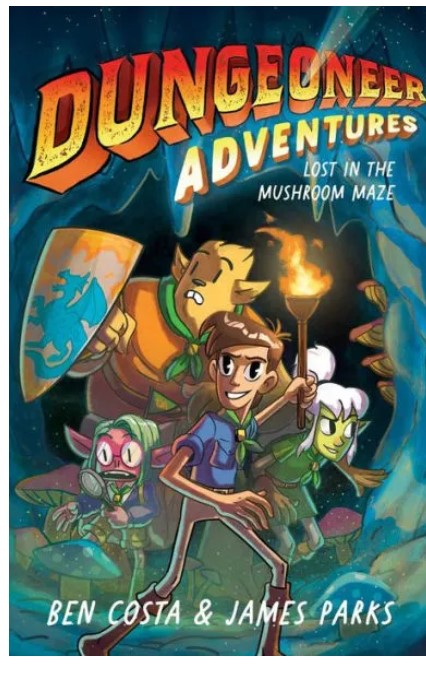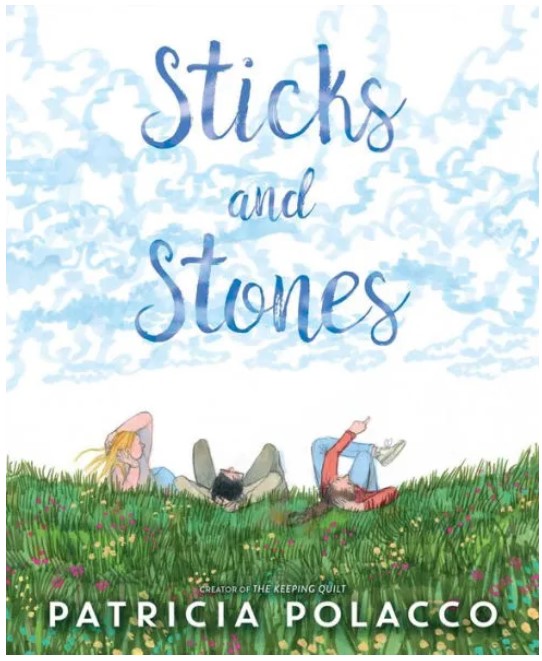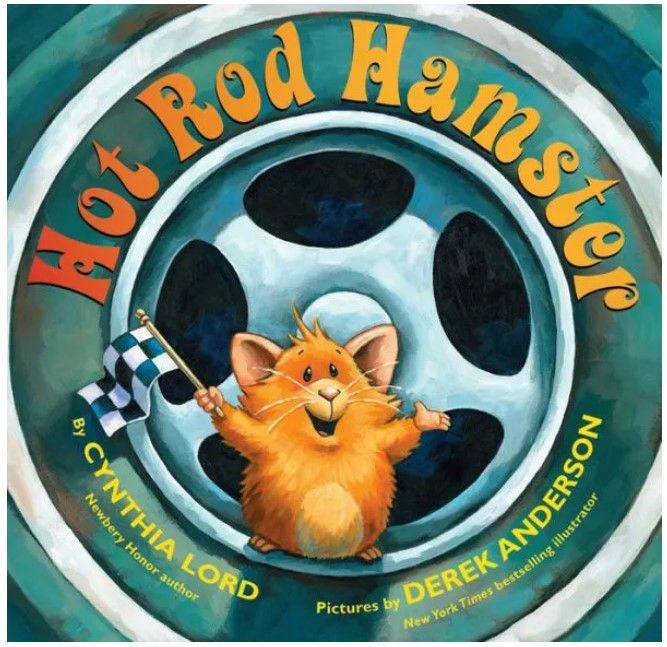Eight-year-old Violet and her new fairy friend Sprite are ready to send more pixies back to the Otherworld! When a tricky fairy named Jolt traps Violet’s cousin, Leon, inside a video game, things get dangerous. And while Violet and Sprite try to trick Jolt, another fairy named Spoiler gets in their way. Will Leon be trapped in the video game forever?
Jolt is a mean gremlin who enjoys causing trouble. When Sprite first confronts Jolt, the gremlin isn’t afraid because “Sprite is the worst Pixie Tricker in the Otherworld. He failed all of his classes.” Despite learning this, Violet still has confidence in Sprite’s abilities. However, the only way to send Jolt back to the Otherworld is to make him read a book.
When all of the main characters — Jolt, Sprite, Leon, and Violet — are transported into the video game, Jolt gets stuck in a maze. Leon hands Jolt the video game guidebook to try to help him, but when the gremlin starts to read it he magically gets sent home. In the end, Leon unknowingly “tricks” Jolt, while Sprite and Violet do little to send the gremlin back to the Otherworld.
The story uses easy-to-read text and a fast-paced plot with lots of fairy mischief. Black and white illustrations appear on every page, which will help readers visualize the characters and understand the plot. While the gremlin looks and acts mean, he isn’t portrayed in a scary manner. The gremlin’s bad behavior adds conflict and suspense to the story and readers will cheer when the gremlin is finally sent back to the Otherworld.
Violet’s cousin, Leon, plays a large role in The Greedy Gremlin. However, like the gremlin, Leon is mean. Violet even admits that she doesn’t like spending time with Leon. When Leon is put in the video game, Violet says, “I don’t always get along with Leon, but he’s family. And families stick together.” In the end, Leon’s bratty behavior makes him an unlikable addition to the cast of characters. Despite this, readers will sympathize with Leon’s conflict and cheer when he defeats Jolt.
Even though The Greedy Gremlin’s plot is not unique, the story will entertain readers with fairy mischief. Violet is a likable character who encourages Sprite when he doubts himself. While neither Violet nor Sprite are responsible for tricking Jolt, they bravely follow Jolt into the video game so they can help Leon. The ending will leave readers wondering which fairy will be causing problems in the next book, The Pet Store Sprite. Readers who like Pixie Tricks can follow another brave protagonist by reading The Last Firehawk Series by Katrina Charman.
Sexual Content
- None
Violence
- Jolt, a gremlin, is playing a video game. “Violet reached out to take the controller from Jolt. . . A tiny electric shock stung her hand.”
- While in the video game, Leon “almost got flattened by giant boulders. And bitten by snakes. And drowned in quicksand.”
Drugs and Alcohol
- None
Language
- Jolt says drat twice.
Supernatural
- The gremlin Jolt comes into the human world. Jolt “had blue skin, and his blue eyes were streaked with red . . . His silvery hair stuck straight up on top of his head.” Gremlins “love to mess up games and gadgets that use electricity.”
- When Violet’s cousin Leon won’t stop playing video games, Jolt gets angry and sends Leon into the video games. Later, Jolt also jumps into the video game.
- Sprite uses pixie dust to take himself and Violet into the video game. When Violet goes into the game, “She felt weird. Like she was flat.”
- While in the video game, Jolt gets stuck in a maze. To help Jolt, Leon gives Jolt “a small book: Action Kingdom Guide. . . The greedy gremlin flipped through the guide. . . Then he stopped. A strange wind started to whip around the gremlin.” Jolt disappears and the kids return to their world.
- Sprite uses pixie dust to transport himself and Violet to other places. When Sprite puts pixie dust on Violet, her “skin tingled. . . Rainbow light sparkled all around then. Then the light faded. Violet blinked” and is in a new location.
- While at the library, Violet collects books to take home. One of the books begins floating and “landed on the roof of the library!” More books fly out of Violet’s hands. Then a fairy named Spoiler appears. To get rid of Spoiler, Sprite tells Violet to “say Spoiler’s name backward with me three times. It won’t trick her. But it will get rid of her for now.”
Spiritual Content
- None
